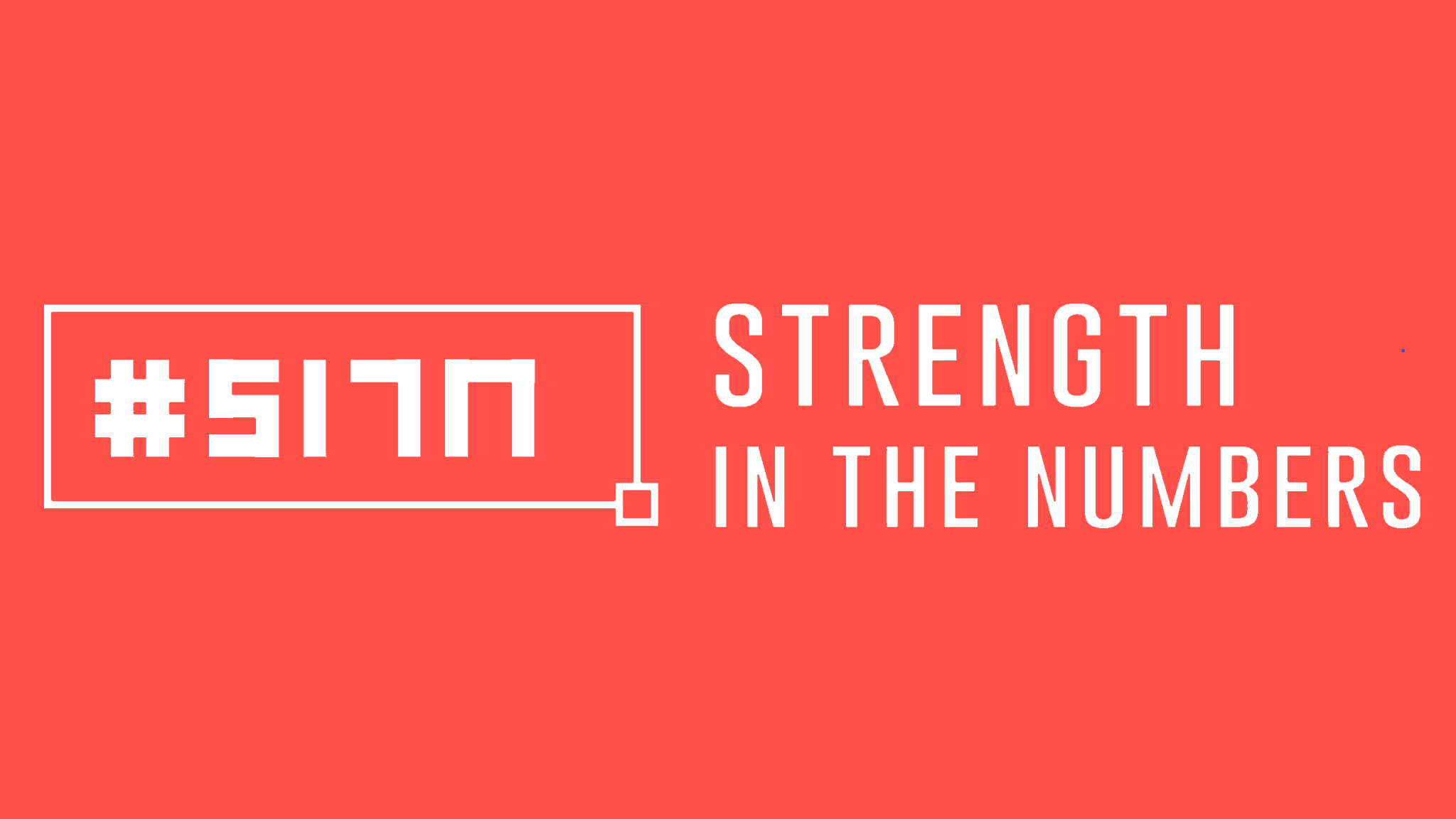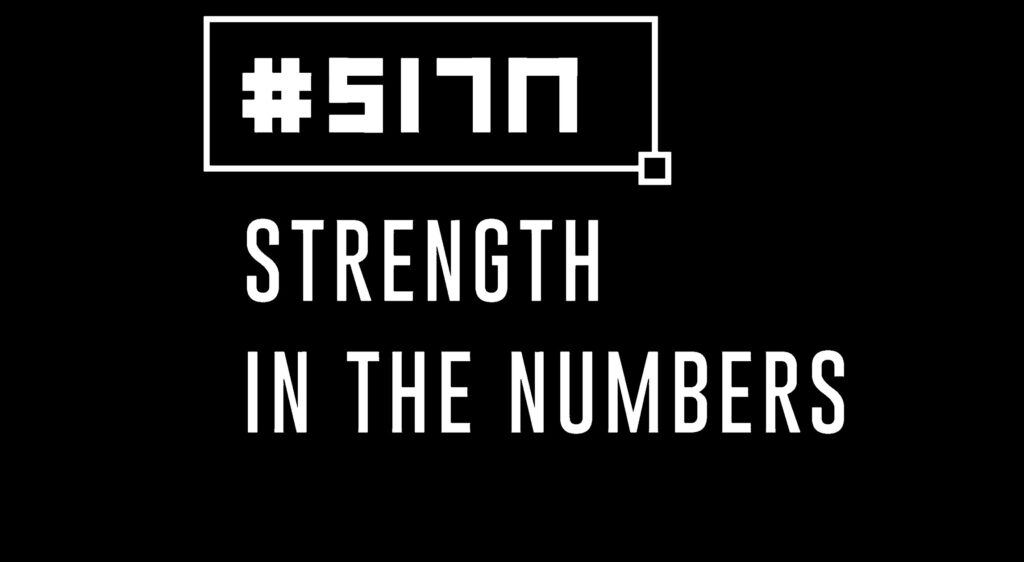Good health, purpose, connection, love, learning, are vital to living our lives to the most we can. Organisations have similar vital requirements to generate the necessary cashflow to ensure it is a going concern, and even on a wider scale so does society too.
In this bite-sized episode we share with you why the work of the modern finance professional is so vital.
#FinanceMentor
#SITN
Full Transcript
[00:00:00] Andrew: Hi everyone. And welcome to this week’s Monday memo. Hope you had a fantastic weekend
[00:00:03] and we’re able to spend a bit of time away from finance.
[00:00:07] Because it’s vital. Sometimes that we relax, give ourselves the opportunity to recharge and reflect on what’s perhaps gone by in the week,
[00:00:15] take on board some of the learnings, or just take complete space as well. So we come back into the start of the week, really refreshed and ready to drive some more value. I was actually talking around vitality and value that got me thinking about a conversation I had about a week or two ago with a good friend of mine, Howard Cosby. Who’s a partnered Avi RO.
[00:00:34] We had some lunch together at St. Pancreas over in London. And as we were talking about how things were going with him and his organization and clients, and so on, he shared with me a really cool acronym called vital. We describe the value that his service was offering clients and he kindly deconstructed and shared it with me.
[00:00:51] And I shared it with you. Now he’s given us permission to do that
[00:00:54] because I thought it was a really good way of summarizing the value behind the work that modern finance professional does. And it could be a really good way for this week ahead to think about what we’re doing and making sure that we are being vital and just covering off those bases in.
[00:01:10] And if not, there we go. There’s an opportunity to go and drive some more value for our organizations, those around us and ourselves.
[00:01:18] So in terms of deconstructing vital, the first letter is V and this is what Howard describes as value. This is where his service like a sport service that we do in finance is meant to improve our clients’ profits. Our profitability cash flows drive superior return on investments. And as modern finance for professionals, we can do this in a multitude of ways directly or indirectly.
[00:01:43] mean, it could be as simple as just doing a quick reconciliation of all supply invoices and comparing them against contractually agreed rates to say, save from a logistics company to very easy area, to look into. And you might find out that suppliers been overcharging. So there’s a nice bit of cash flow to go and get or try and change suppliers or get a better deal for our organizations.
[00:02:05] It might also be as simple as identifying that a budget holder or business unit leader has perhaps missed casted some subtotals and totals on an Excel spreadsheet that was behind a business case they wished to submit. And you were able to get To that person in time before it was submitted.
[00:02:23] So a better decision could be made and they appreciated your input because it would’ve come to life that they might have got something wrong and you saved them some embarrassment. So that’s an indirect way. Or as what’s happening a lot more now, I think is. Finance professionals are being asked to support on deals, improving commercials.
[00:02:44] So maybe running some scenarios about, well, what if we were to perhaps increase discounts or lower prices to entice customers, to do business with us for a longer duration therefore driving a more cashflow for a longer period of time. Does that make sense from a financial and business and strategic perspective?
[00:03:02] so loads of ways we can drive value and hit that first V as part of the vital acronym. The second one is I, second letter is I, and I sort of probably already means two things in my mind, but for Howard, it was that independent insight. I think that’s a good way of looking at. That can cover across all of an organization’s operations and informs the company’s management organizations, leaders about strategic tactical or operational levels.
[00:03:29] So we can cover all levels across the whole organization and help provide intelligence and insight, particularly independent intelligence and insight. So we’d not swayed by political bias. We’re there to represent the organization. stakeholder shareholders and not any particular political faction within there or silo.
[00:03:48] Then as part of driving that intelligence, you go to the next letter, which is T for testing, which particularly, I suppose the environment we’re in now is so fast changing. That’s where testing is probably more key. So what used to happen yesterday or the environment we were in yesterday is rapidly changing.
[00:04:05] It’s volatile. It is very uncertain. The moment with a lot of things going on, particularly around inflation and governmental decisions and environmental things going on. So it’s important. We keep testing our processes.
[00:04:17] Or making sure that our operations are performing is expected and then not only leaving it there, but then informing the decision makers. This is what the modern finance professional does as to perhaps how we might need to change the people technology process mix to make sure that our processes and operations are appropriate to meet the needs of what’s happening now as well into the future.
[00:04:40] And that feeds into the next letter. Which is again, which I like is vitals is the, this vital acronym. It feeds into the next one. Everything sort of hangs together of assurance, which is the next letter, a assurance.
[00:04:51] And this really plays on our heritage of accounting which allows us as modern finance professionals to give organizational leaders a peace of mind, a great comfort that those business activities are then being performed diligently, controlled. Well,
[00:05:06] that sort of feeds into providing reports, recommendations, and so on, on what is going on or can be done. I sort of think about it a bit, if you were to go and buy a second home car you’d probably wanna bring a mechanic or someone knew something about how to deconstruct it along, just to kick the tires and give a second opinion.
[00:05:26] That’s what I sort of think in terms of our role in this is just. Being that second set of eyes to help decision makers make better decisions. And then that feeds into the last letter of the acronym vital, which is L learnings. And I think this is the cool area for us now, going into the future.
[00:05:43] It’s. It’s providing that high quality analysis. Given the training, we have the new techniques that are out there deploying some of the technologies that are available now, the softwares and so on to help us with the visualizations, the analytics, particularly trying to get to predictive and prescriptive levels growing from where we have been at descriptive
[00:06:03] To flesh out and distill those learnings with organizational leaders and decision makers, and then not only leave it there, but actually help them deploy those learnings and hold them to account for making the best use of those learnings and feeding that back into the cycle again, so that we’re more of a.
[00:06:23] Organization or we help our organizations as modern finance professionals become more learning, orientated, growth orientated, so that we can adapt to that volatile, uncertain, an ever changing environment. We find ourselves in. so look, hope you’ve found that acronym vital as useful as I did in trying to explain the value of what we provide as modern finance professionals.
[00:06:46] If you did, we always appreciate it. When you share our show with your friends and colleagues. We’re available to subscribe on all the major platforms, iTunes, Stitcher, SoundCloud, YouTube, Spotify, and Amazon music. And as always, we really appreciate you tuning in today.
[00:07:00] So until next time take care of yourselves and let’s keep on building our strength in the numbers

